Optimal Timing for Shutter Paintings
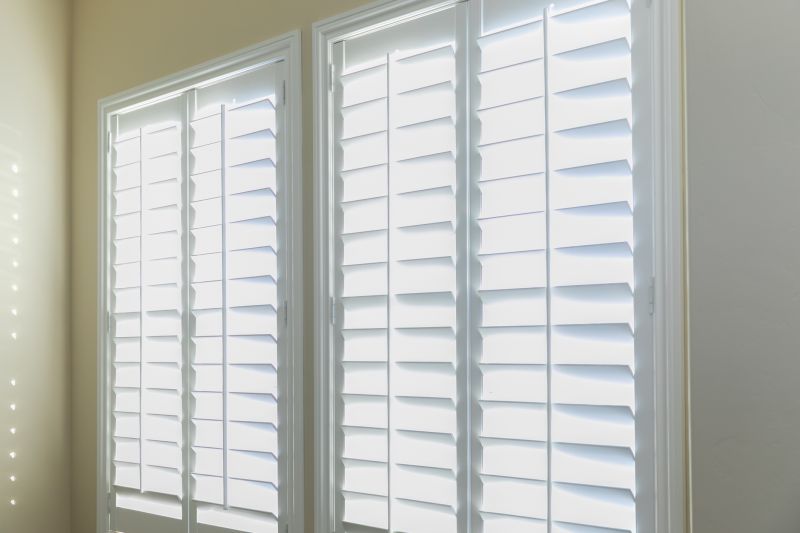
Shutter paintings are often best created during early morning hours when natural light enhances colors and details.

Midday provides ample sunlight, ideal for capturing vibrant hues and intricate designs.
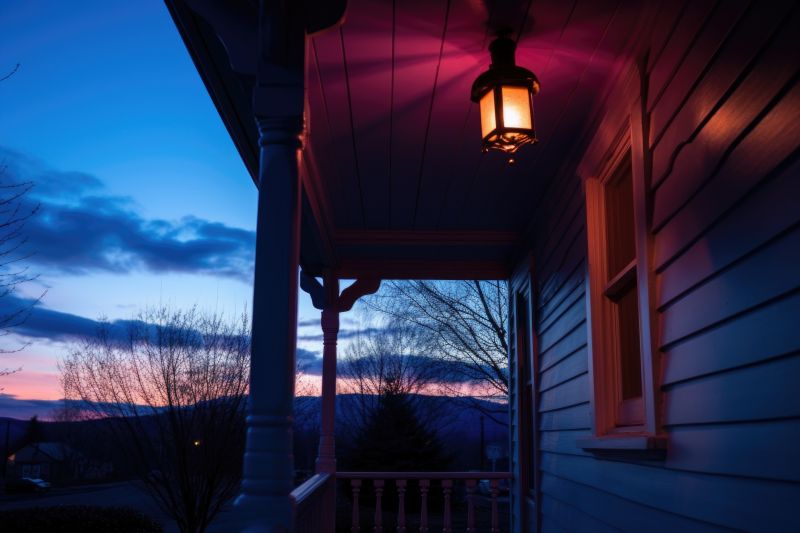
Evening hours can add a unique ambiance, with softer light emphasizing different aspects of the artwork.
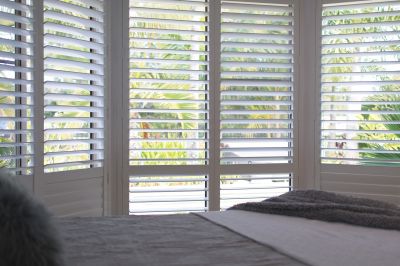
Ways to make Shutter Paintings work in tight or awkward layouts.
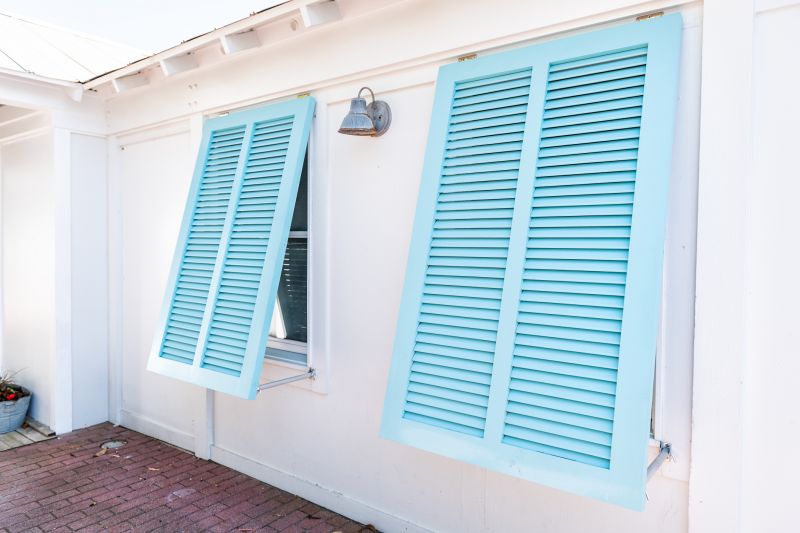
Popular materials for Shutter Paintings and why they hold up over time.
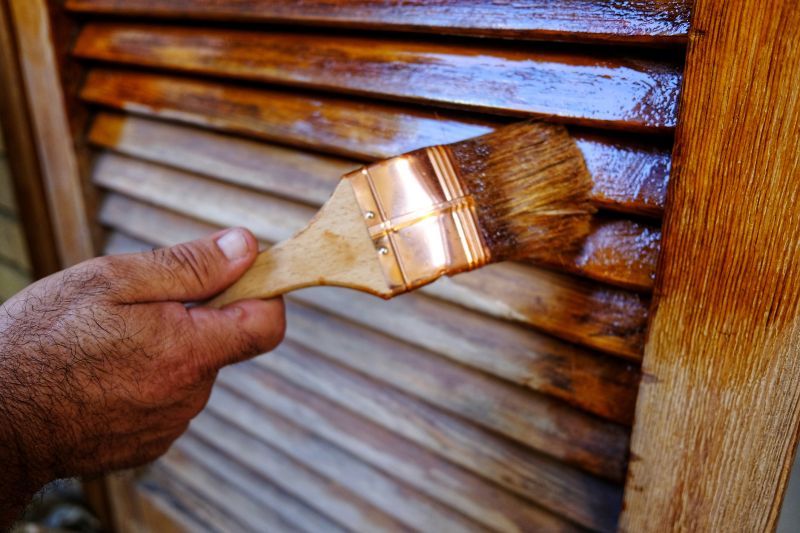
Simple add-ons that improve Shutter Paintings without blowing the budget.
Shutter paintings are a traditional form of decorative art that involves painting on window shutters. They are valued for their vibrant imagery and cultural significance. These artworks are often created during specific seasons or times of day to maximize visual impact and durability. The choice of timing can influence the longevity and appearance of the paintings, especially considering weather conditions and natural light.
Research indicates that natural light plays a crucial role in the visibility and preservation of shutter paintings. Optimal conditions are typically during clear, dry days with moderate temperatures. This ensures that paint adheres properly and that the artwork remains vivid over time. Statistically, outdoor painting sessions are most successful in spring and summer when weather stability is higher, though indoor painting can be conducted year-round.
Spring and summer are preferred due to favorable weather conditions and longer daylight hours.
Avoid painting during rainy or extremely humid days to prevent paint smudging and damage.
Early mornings or late afternoons are optimal for detailed work and natural lighting conditions.
Painting during dry, stable weather enhances the longevity of shutter artwork.
